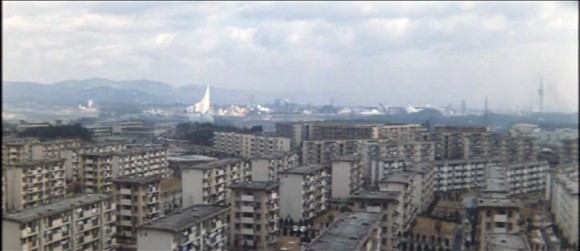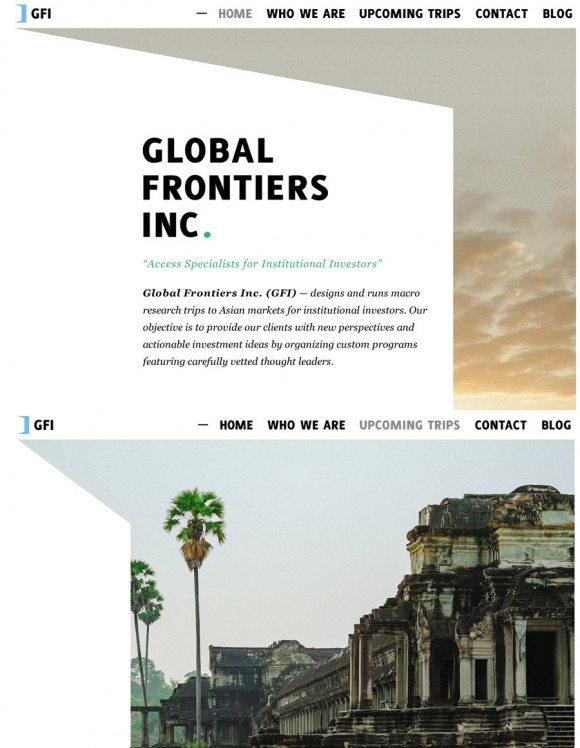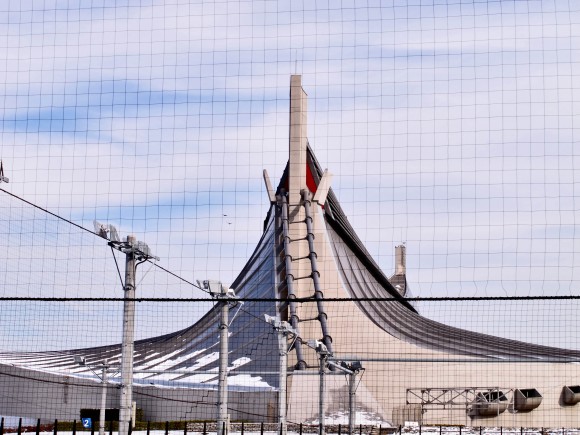A few articles have got me thinking over the past couple of weeks. Ideologically, they have made this year kick off on a slightly “disorienting” foundation. Of particular note have been a long piece on ecology as well as a series on architecture. Yet also polemics on work ethic and class have been pondered long after putting them aside. Herewith a few scribbles.
Man walking in front of Shimizu HQ, the most eco-friendly office in Japan, so they say…







